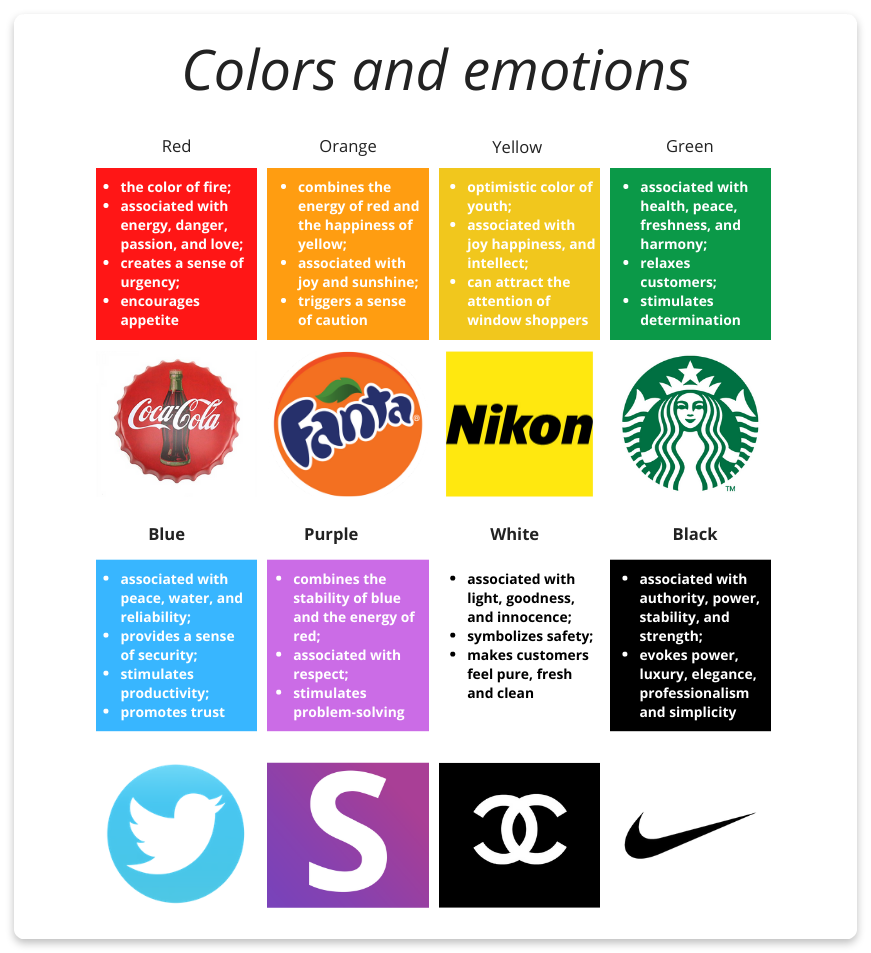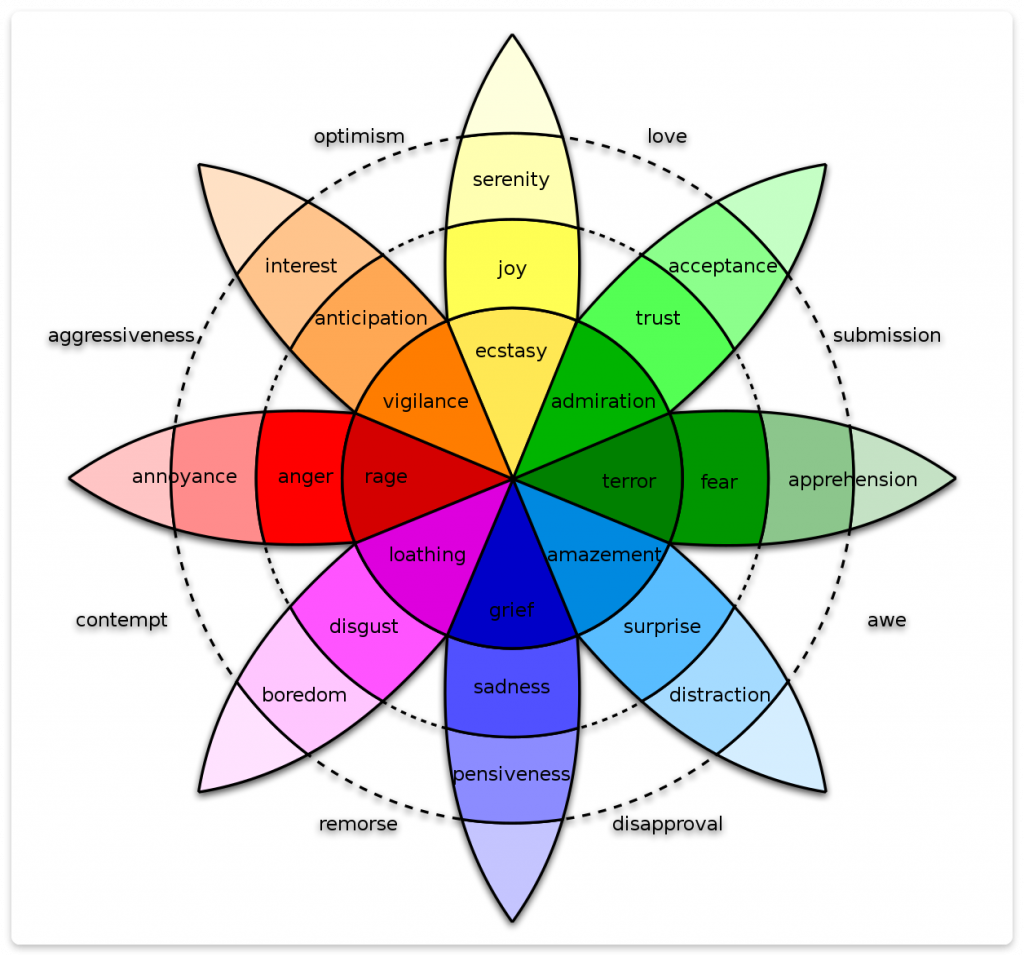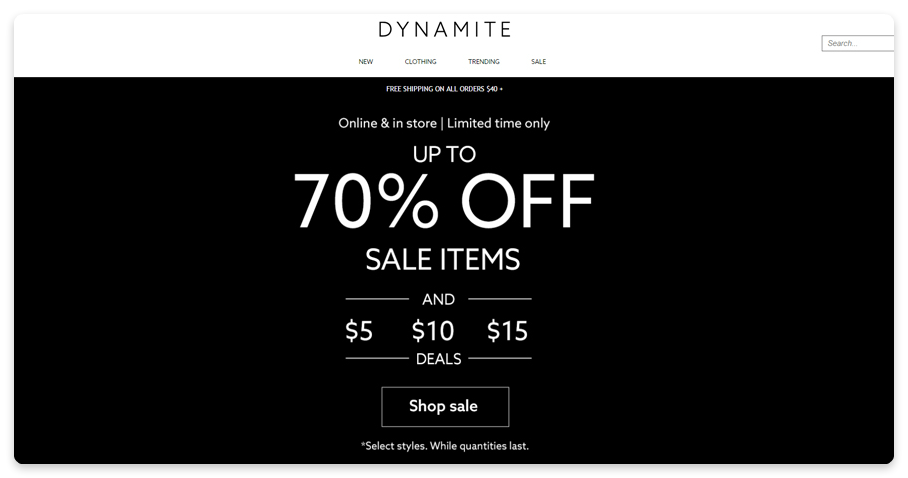Emotional sale
There’s no secret that the majority of people buy relying on their emotions, not logic. They listen to the heart over the head. To marketers, it means a world as it opens a lot of possibilities to improve business with an emotional sale.
Find out what makes emotional sales so effective and how to incorporate them into your marketing to connect with your leads and inspire them to close a deal.
Emotional sale meaning
Emotional sale refers to marketing and advertising that uses emotions to make prospects notice, remember, share, and buy your company’s product or service. It typically taps into emotions to trigger people’s reactions. Naming your brand, designing unforgettable business logos, and creating unique packaging design plays a crucial role in creating emotional responses in your customers.
By using emotions in marketing, companies can boost their sales and build long-term rapport with their clients. According to neuromarketing studies, campaigns with purely emotional content performed about twice as well (31% vs. 16%) than those with only rational content.

How to close an emotional sale
Evoking strong emotions in your audience can be achieved by creating excitement around a product or service. You can also cause negative emotions, such as fear or anger, by comparing your service to the problematic one, which your prospect has experienced before. Or you may combine these emotional sale tactics to trigger the whole emotional spectrum:
Know your customers
Knowing your target audience is first and foremost. It eases your expectations of how they will react to this or that kind of content. Think about what emotion your product will evoke in your customers. Will it give them pleasure, comfort, or power?
Create an emotional connection with your prospects to understand them better. Think of your company’s hashtags and use them to establish an online community. The effect of unity keeps people interested in what others are doing. Keep interacting with clients on social media via likes, comments, and reposts on Facebook, Instagram, Twitter, etc.
Use color
Color means a lot in marketing, as it has a psychological effect on a customer’s decision. In fact, 85% of customers say color is the main reason they buy a product.
This is why you should learn how colors influence people. Here are some psychological effects of colors with a brand example:

Let’s get closer to emotions associated with colors now. There are many of them, but researchers define four basic ones: happy, sad, afraid/surprised, and angry/disgusted. Robert Plutchik’s “wheel of emotions” demonstrates the whole emotional spectrum:

It provides an excellent basis for understanding emotions and their purposes. Here we can see the eight sectors with basic emotions: joy, trust, fear, surprise, sadness, disgust, anger, and anticipation. Each of them has a polar opposite. For example, joy is the opposite of sadness while fear is the opposite of anger. All of these emotions can set different combinations, e.g., a combination of joy and trust will form love.
Tell a story
Storytelling is one of the best ways to connect with your prospects as it turns on empathetic mechanisms. While telling an emotional story, your audience can relate it to their experience and share it with others.
Use the emotion you’ve found out your customers are looking for in your storytelling about the product and describe how they’ll feel when purchasing it. Share your story on your website. Include photos and descriptions of your team to personalize your brand. Posting customer stories on your website will also make an impression on your target customers.
Add a sense of urgency
Emotional sale deals not with pleasant emotions only. Sometimes, a win-win scenario is to cause a bit of fear, worry, and urgency. As people like to procrastinate and postpone their decisions, the sense of urgency can be a perfect way to push them to buy.
Give offers with limited time, emphasize on the last remaining items, etc. The fear of missing out on a beneficial deal will work out, and your customers will end up purchasing.

Make a focus on facial expressions
Facial expressions are powerful in emotional sales as they help us experience empathy, which is an ability to feel what others feel. Therefore, using pictures of people expressing emotions is effective in marketing.
Make your customers smile
People gladly share positive content. Adding little humorous posts to your social media will broaden their sense of humor. Make customers laugh with your content and watch the shares increase.
Inspire your prospects
The use of inspirational advertisements is powerful as it touches the desires or goals your prospects want to reach. Thus, you should find out how your product or service can help your customers achieve these dreams. Show that your product can make their wish come true. Inspired people can reach for the sky.
Encourage the audience with beautiful personalities advertising your brand. Seeing that your product eases life and brings joy, the prospects will believe in its power.
Wrapping it up
Emotional sales are a secret weapon to draw prospects and improve sales. The most important thing is to understand which emotions can support what your product offers and what emotions will resonate with your customers. Then you can set goals for implementing the appropriate emotions in your marketing strategy.















